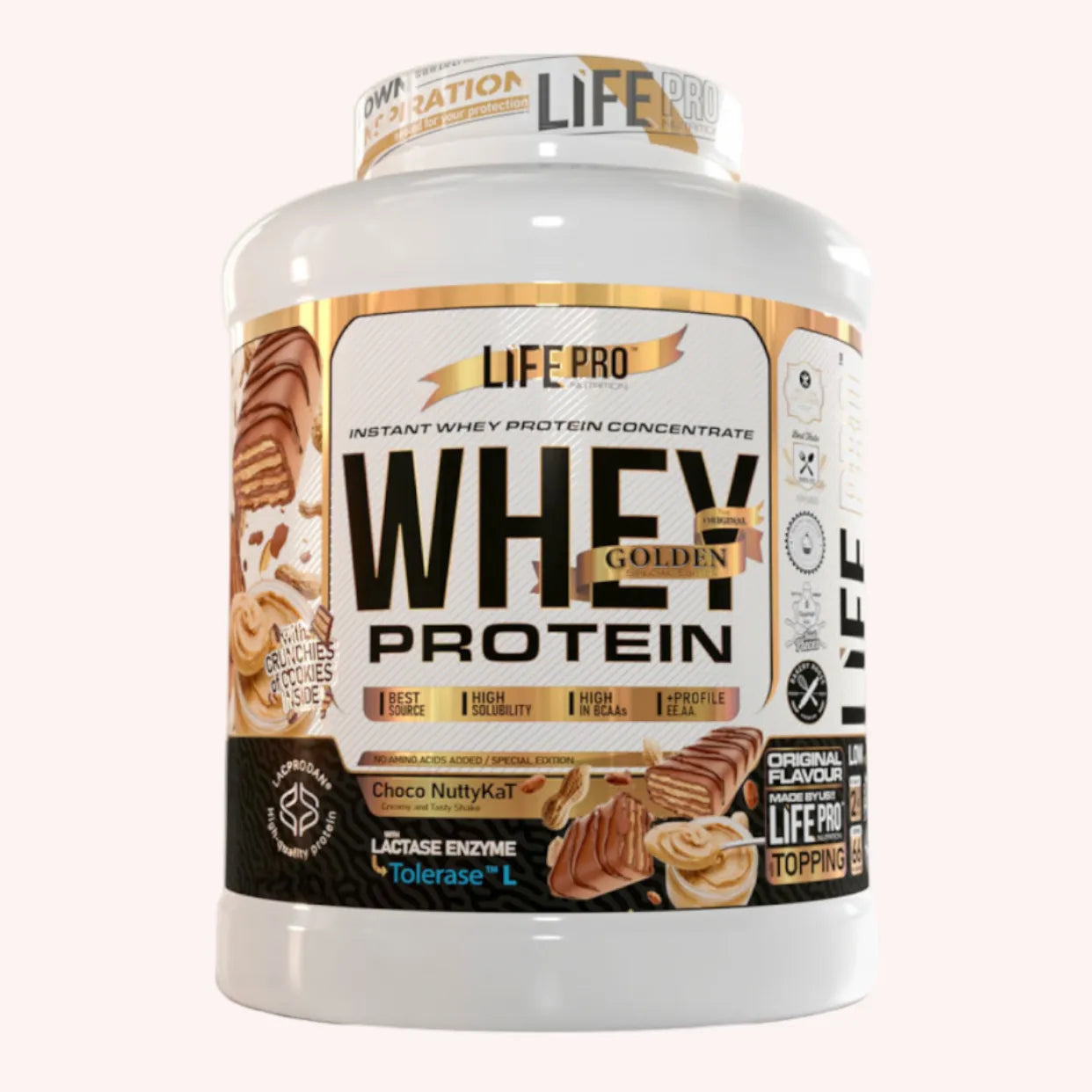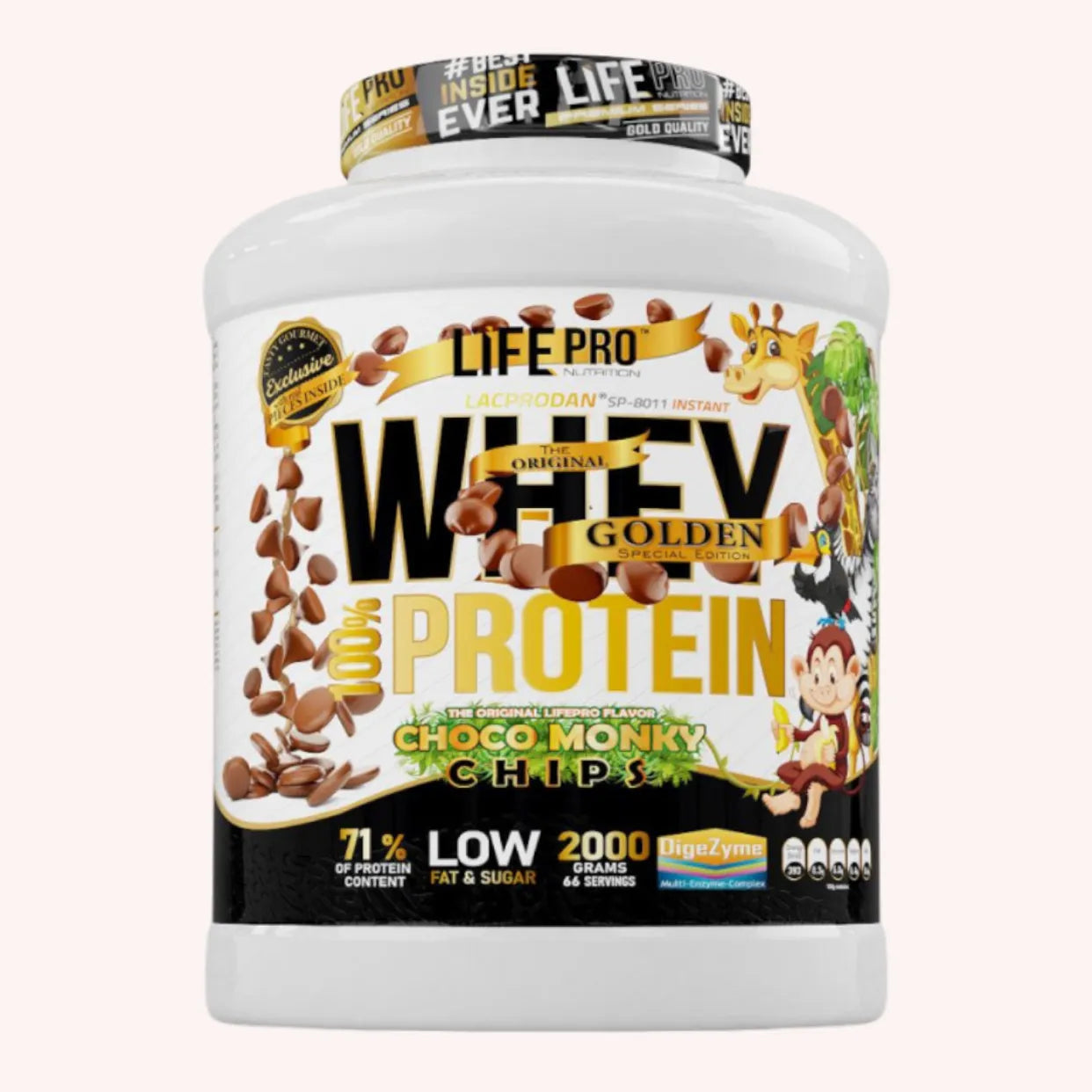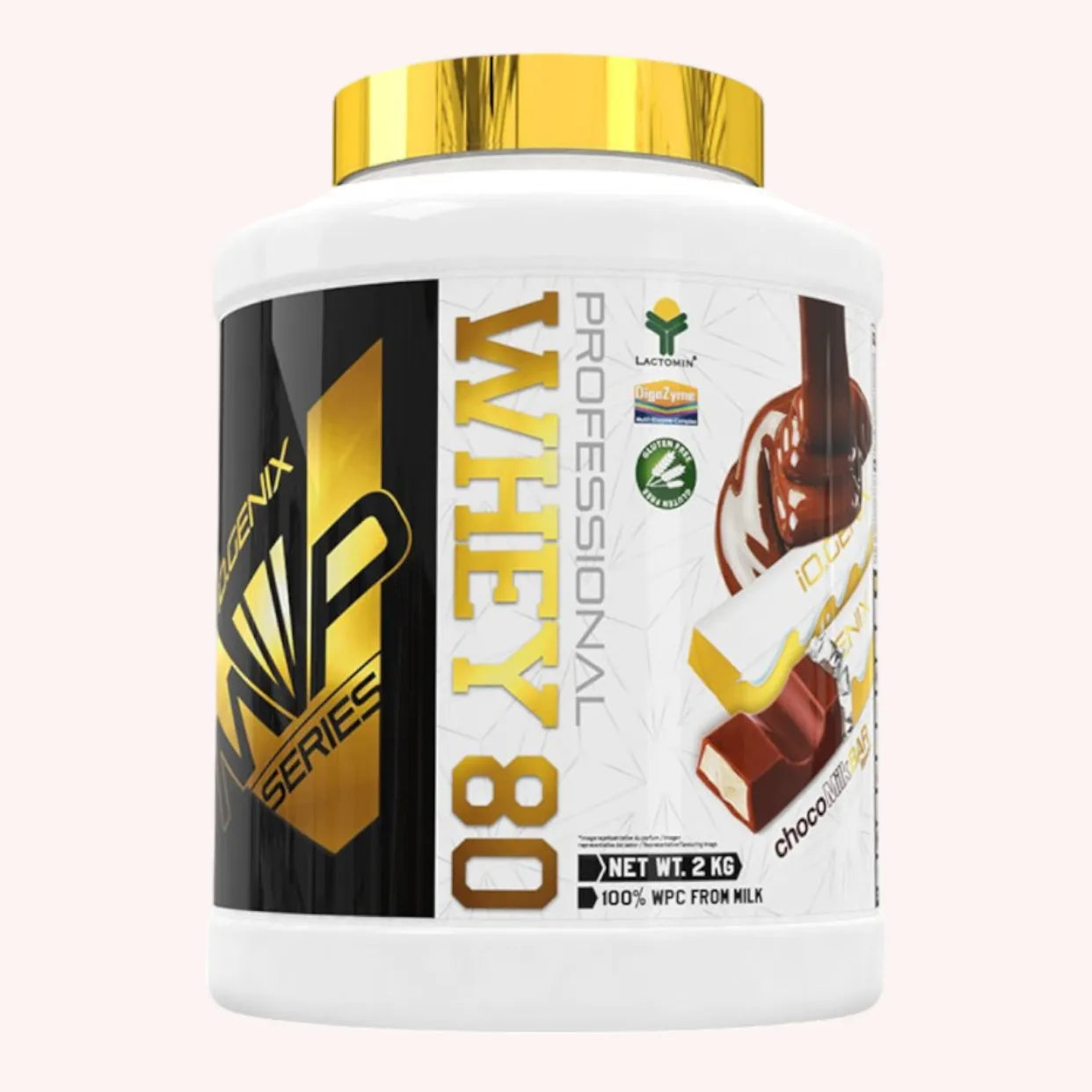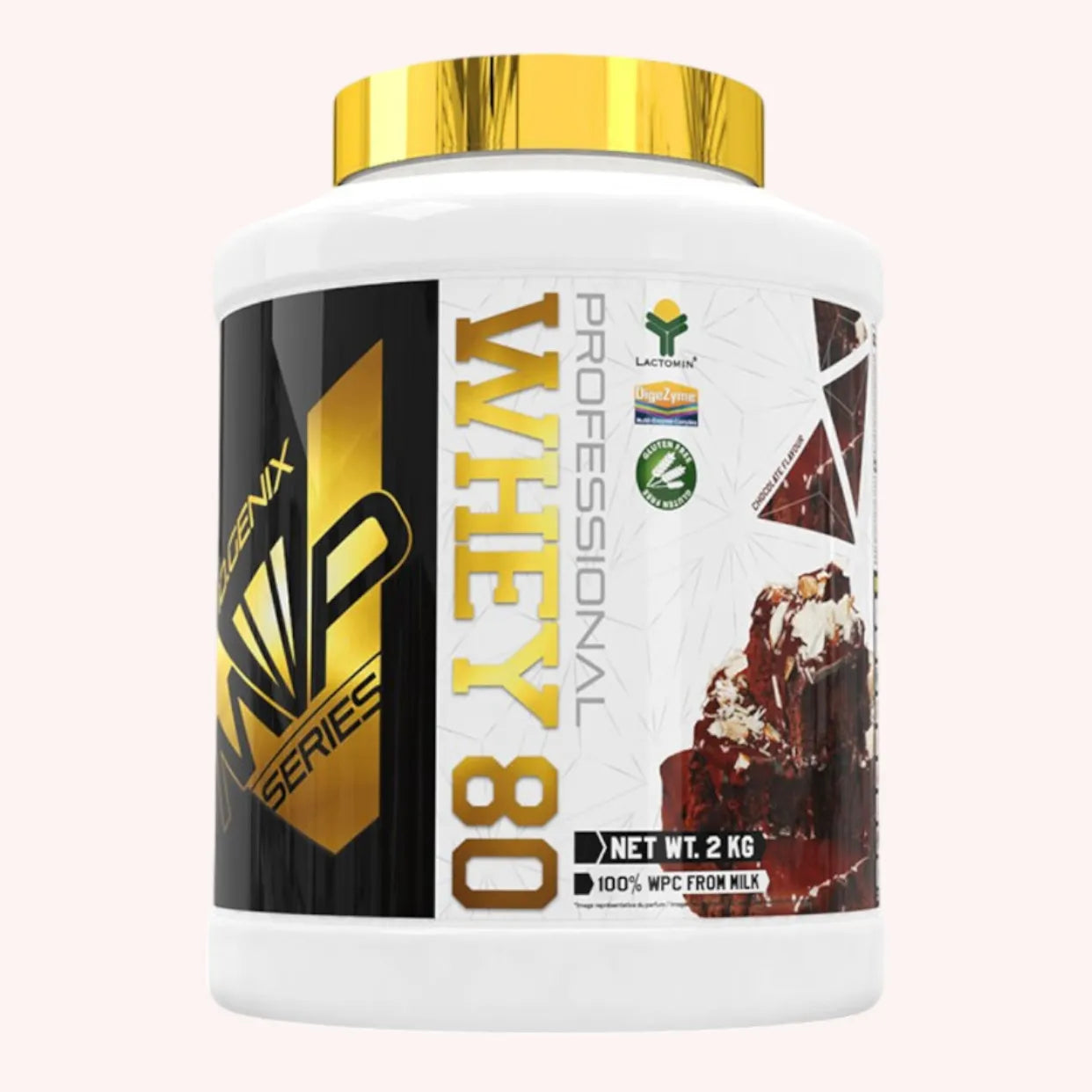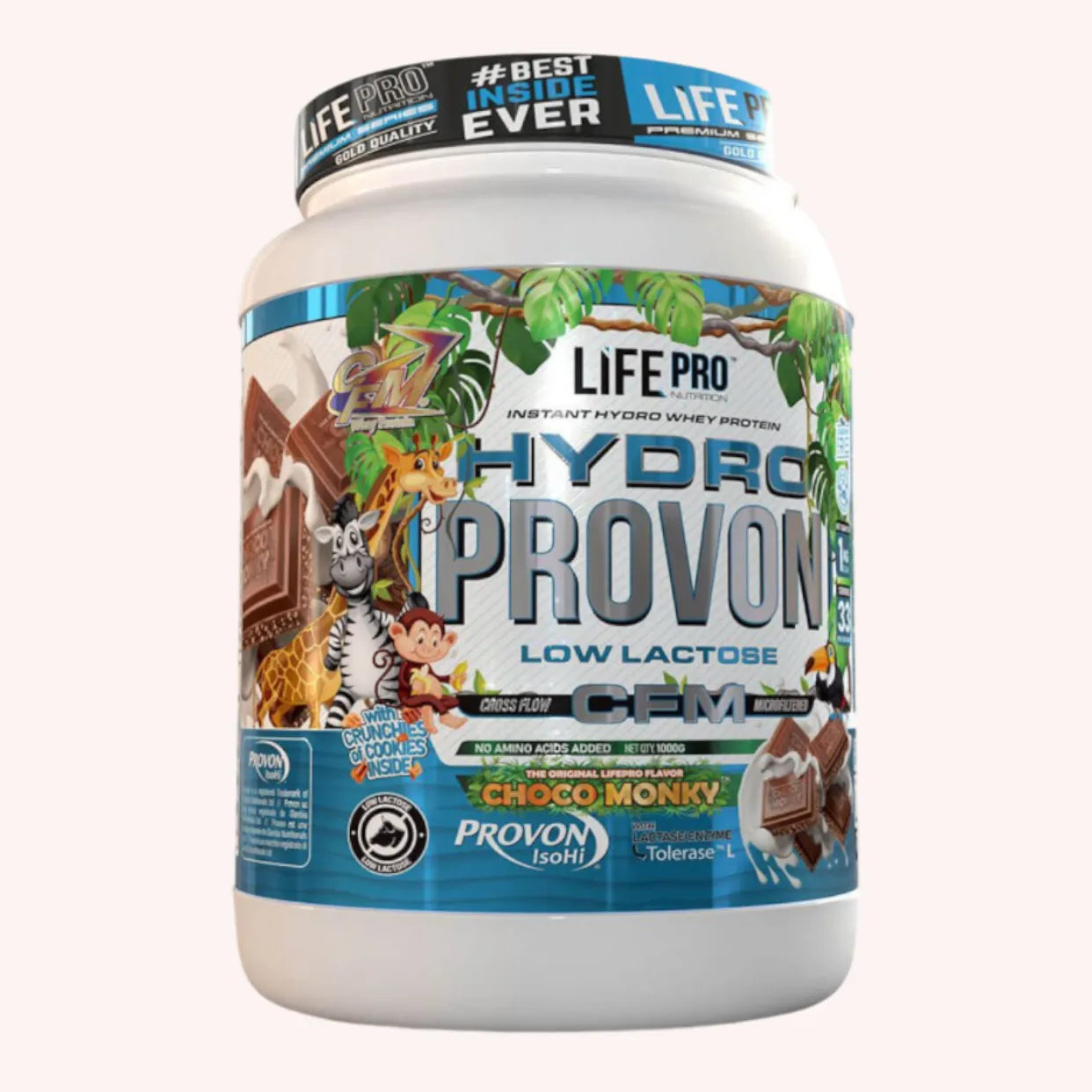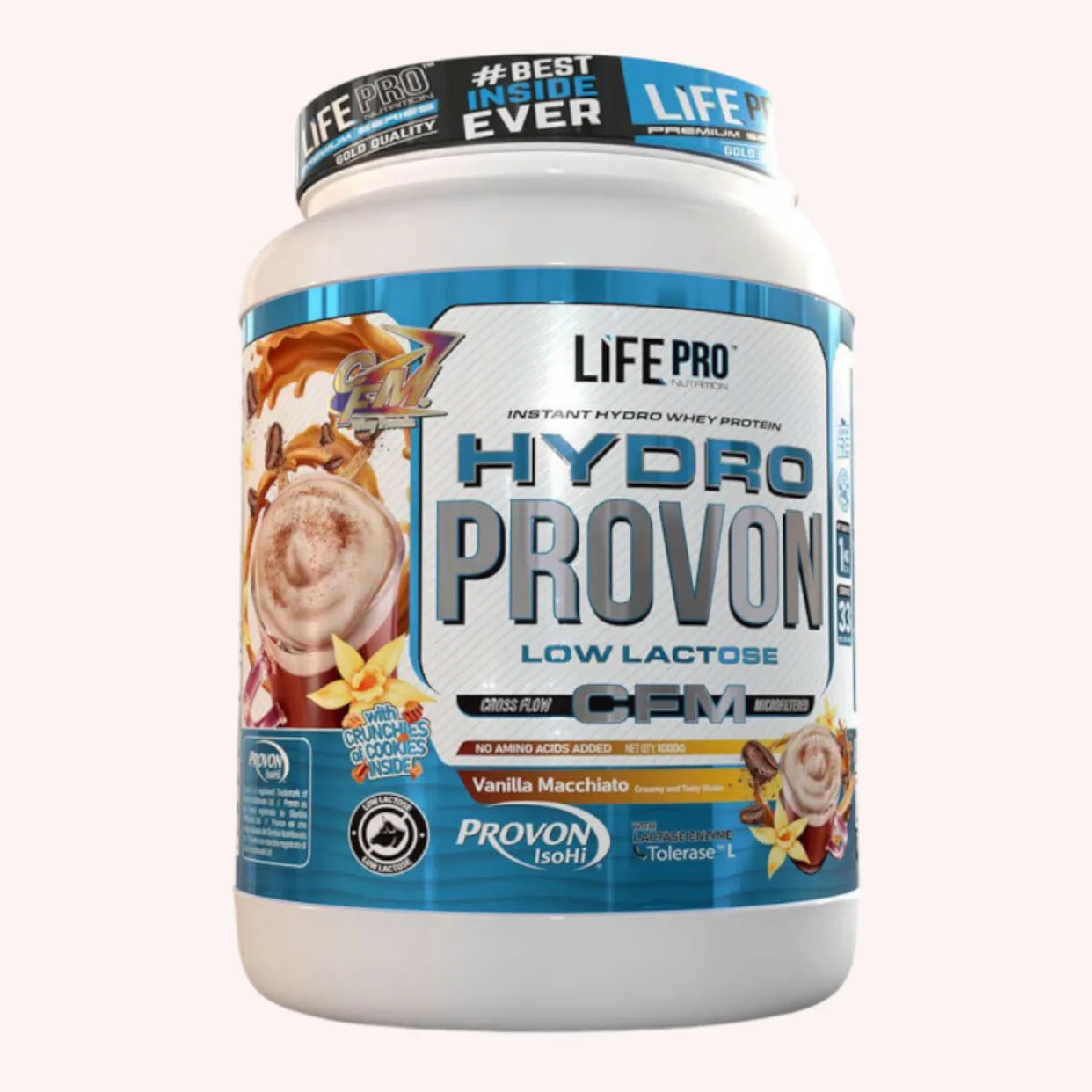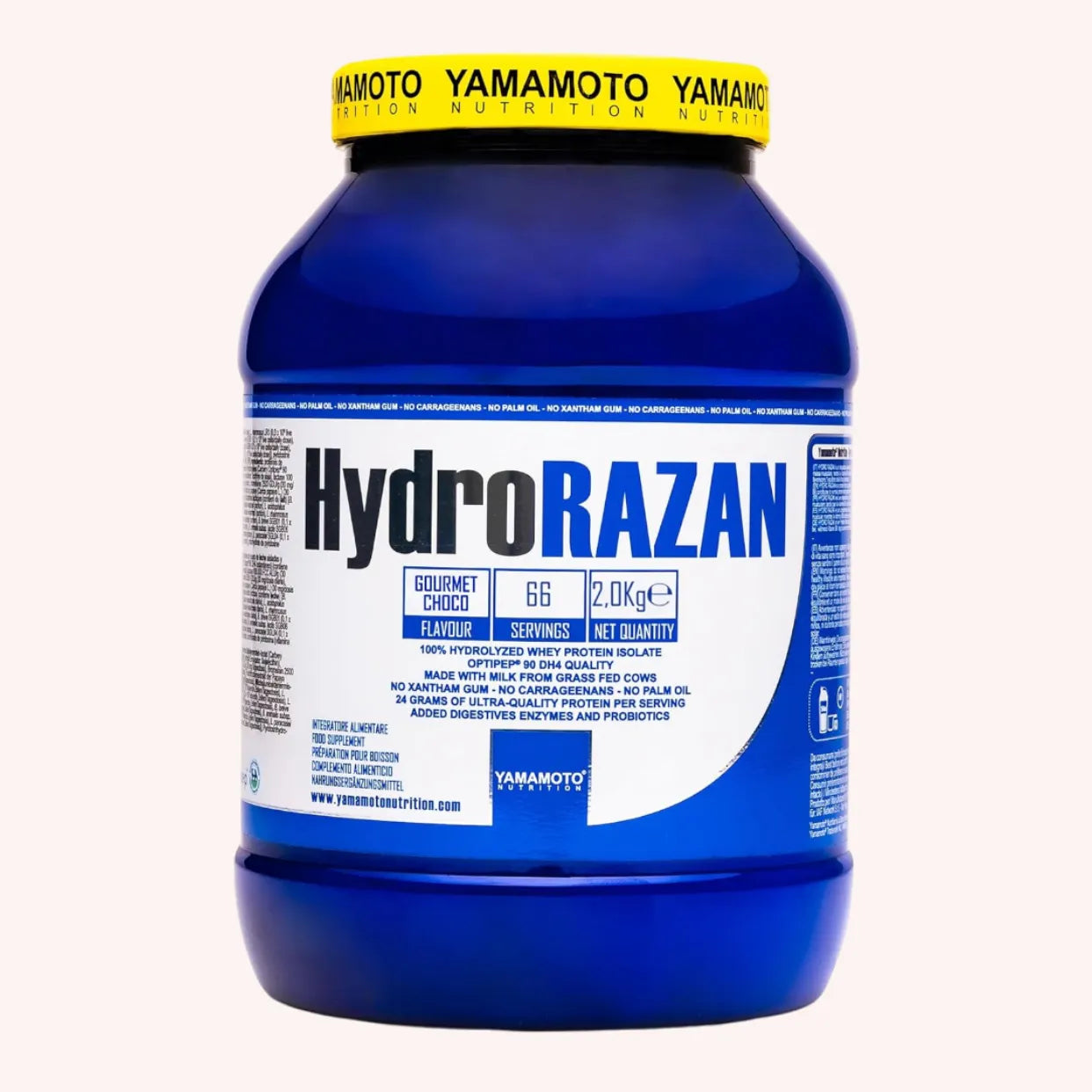Whey protein, due to its ability to provide high-quality, rapidly assimilated protein, has become an essential supplement in sports nutrition .
Whether you're looking to build muscle , speed up recovery, or better manage your weight, knowing when to take whey protein is essential to maximize its benefits. But when is the best time to consume this protein powder ? This article guides you through the different key moments when whey protein can fit into your daily routine to maximize your results.
What is whey protein?
Whey, or whey protein , is a protein derived from milk. It is obtained during cheese production, when the milk is curdled, and the remaining liquid is called whey. This is then filtered and dried to obtain whey powder, which athletes consume for its many benefits.
But what is whey protein used for? Whey protein is rich in essential amino acids , particularly BCAAs (branched-chain amino acids), which play a crucial role in muscle growth and recovery after exercise.
There are different types of whey available on the market:
- Whey Concentrate : Containing between 70 and 80% protein, whey concentrate also contains small amounts of carbohydrates and fats. It is often preferred for its good value for money.
- Whey Isolate : Filtered to achieve a higher protein concentration, around 90%, whey isolate contains very little fat and lactose, making it ideal for people with lactose sensitivities.
- Hydrolyzed Whey : This form of hydrolyzed whey has been pre-digested, making it even more quickly absorbed by the body, ideal for accelerated recovery after training.
- Clear Whey : Lighter and easier to digest, clear whey has a more liquid texture and is often chosen by those who prefer a more refreshing alternative to traditional whey.
-
Vegan Whey : For those following a vegan diet, the vegan whey is a great alternative. While not derived from milk, this alternative uses high-quality plant-based protein sources to provide a complete amino acid profile, similar to traditional whey.
When to take whey?
After Training: The Anabolic Window
Taking whey protein right after a workout is probably the most common option. During exercise, your muscles suffer micro-injuries, and their repair requires a rapid supply of protein to initiate muscle protein synthesis . Whey isolate , due to its rapid absorption, is often considered the ideal choice for this key moment. The body is most receptive to nutrients within 30 minutes of finishing exercise, a period known as the " anabolic window ."
A 20-30g dose of whey after an intense workout helps maximize recovery and stimulate muscle growth by quickly providing essential amino acids needed to rebuild muscle fibers. It also helps limit catabolism (muscle breakdown) that can occur after intense exercise.
Morning: Reboot the metabolism
After a night's sleep, the body enters a fasting state where protein stores are depleted. Taking a whey protein shake upon waking helps quickly halt muscle catabolism that can occur overnight. This helps restore an anabolic environment conducive to muscle rebuilding.
A morning intake of whey concentrate or clear whey also helps boost metabolism and provide an appetite suppressant effect, thus limiting morning cravings. This is an excellent option for people who don't always have the appetite for a big breakfast, but still want to ensure a good protein intake from the start of the day.
Between meals: A protein snack
For athletes or bodybuilders with high protein needs , consuming whey between meals is an excellent strategy to maintain a consistent protein intake throughout the day. A high-protein snack helps support muscle protein synthesis and prevent catabolism. This is especially useful for those looking to maintain or increase muscle mass .
A shake of whey isolate or clear whey can be enjoyed as a mid-morning or mid-afternoon snack. These times are particularly effective for meeting protein needs when main meals alone are not enough to provide sufficient intake.
Before Bed: Preserve Muscle Mass Overnight
During sleep, your body enters a prolonged fasting phase. If you want to avoid muscle loss during this time, consuming slow-digesting proteins like casein is often recommended. However, for those who prefer whey , a small dose before bed can help preserve muscle mass by providing a quick protein boost before the body enters the resting phase.
This is especially beneficial for people who are dieting or cutting , as it helps preserve lean muscle mass while reducing body fat.
How many whey shakes per day?
The number of whey protein shakes you should consume per day depends on several factors, including your weight, goals, and protein needs. A person looking to increase muscle mass will need a daily protein intake of between 1.6 and 2.2 g of protein per kilogram of body weight .
However, it's important not to rely solely on whey protein to achieve this goal. The majority of your protein should come from a balanced diet that includes natural protein sources like meat, fish, eggs, and plant-based proteins.
When considering how many whey protein shakes per day, we recommend consuming one to two servings of whey protein per day. For example, one whey protein shake after a workout and another serving as a snack or before bed will cover your protein needs without going overboard.
Which whey to choose depending on your goals?
Your choice of whey will depend on your specific goals:
- Mass Gain: If you are looking to increase your muscle mass , whey protein concentrate is a great option because it also contains carbohydrates and fats that can contribute additional calories needed to support muscle growth .
- Muscle Definition: If you are in a cutting or muscle definition phase, whey isolate or hydrolyzed whey are the best choices. They are low in fat and carbohydrates while providing a high protein intake.
- Lactose intolerance: If you are sensitive to lactose, whey isolate is a good choice, as they contain very little, if any, lactose.
- Vegan Options: For those following a vegan diet, there are also alternatives like vegan whey , a protein derived from plant sources such as peas or rice.
Casein or Whey: What are the differences?
Whey and casein are both milk-derived proteins, but they differ in their absorption speed. Whey is quickly digested , making it an ideal choice for post-workout consumption, where a quick protein boost is needed. In contrast, casein is a slow-digesting protein, releasing amino acids over a longer period of time. It is therefore often consumed before bed to support overnight recovery.
So, casein or whey? If your goal is to maximize recovery after an intense weight training session, whey will be your best ally. However, if you're looking for a prolonged protein intake to prevent nighttime catabolism, casein is more suitable.
Precautions to take
Although whey protein is an extremely beneficial supplement for many athletes, it is important to use it in moderation and follow the recommended doses to avoid any protein dangers.
Taking too much whey can cause digestive discomfort such as bloating, and in some cases, protein overload can put a strain on the kidneys. If you have a history of kidney problems, it is advisable to consult a nutritionist or doctor before starting regular protein supplementation.
Knowing when to take whey is essential to maximizing its benefits, whether you're looking to increase muscle mass, improve recovery, or supplement your protein intake.
Consumed at key times throughout the day, whey protein can help you achieve your goals effectively. Whether you take it after a workout, first thing in the morning, or as a snack, the important thing is to integrate it intelligently into your eating routine to achieve the best results.
Sources:
- Davies RW, Carson BP, Jakeman PM.
The Effect of Whey Protein Supplementation on the Temporal Recovery of Muscle Function Following Resistance Training: A Systematic Review and Meta-Analysis. Nutrients. 2018 Feb 16;10(2):221. doi:10.3390/nu10020221. PMID: 29462923. Free PMC article. : https://pubmed.ncbi.nlm.nih.gov/29462923/ - Nasimi N, Sohrabi Z, Nunes EA, et al.
Whey Protein Supplementation with or without Vitamin D on Sarcopenia-Related Measures: A Systematic Review and Meta-Analysis. Adv Nutr. 2023 Jul;14(4):762-773. doi: 10.1016/j.advnut.2023.05.011. PMID: 37196876. Free PMC article. : https://pubmed.ncbi.nlm.nih.gov/37196876/ -
Baba WN, McClements DJ, Maqsood S.
Whey protein -polyphenol conjugates and complexes: Production, characterization, and applications.
Food Chem. 2021 Dec 15;365:130455. doi: 10.1016/j.foodchem.2021.130455. PMID: 34237568 .: https://pubmed.ncbi.nlm.nih.gov/34237568/ -
Carter BG, Foegeding EA, Drake MA.
Invited review: Astringency in whey protein beverages.
J Dairy Sci. 2020 Jul;103(7):5793-5804. doi: 10.3168/jds.2020-18303. PMID: 32448585. Free article. : https://pubmed.ncbi.nlm.nih.gov/32448585/ - Castro LH, de Araújo FH, Olimpio MY, et al. Comparative Meta-Analysis of the Effect of Concentrated , Hydrolyzed , and Isolated Whey Protein Supplementation on Body Composition of Physical Activity Practitioners. Nutrients. 2019 Sep 2;11(9):2047. doi:10.3390/nu11092047. PMID: 31480653. Free PMC article. : https://pubmed.ncbi.nlm.nih.gov/31480653/





